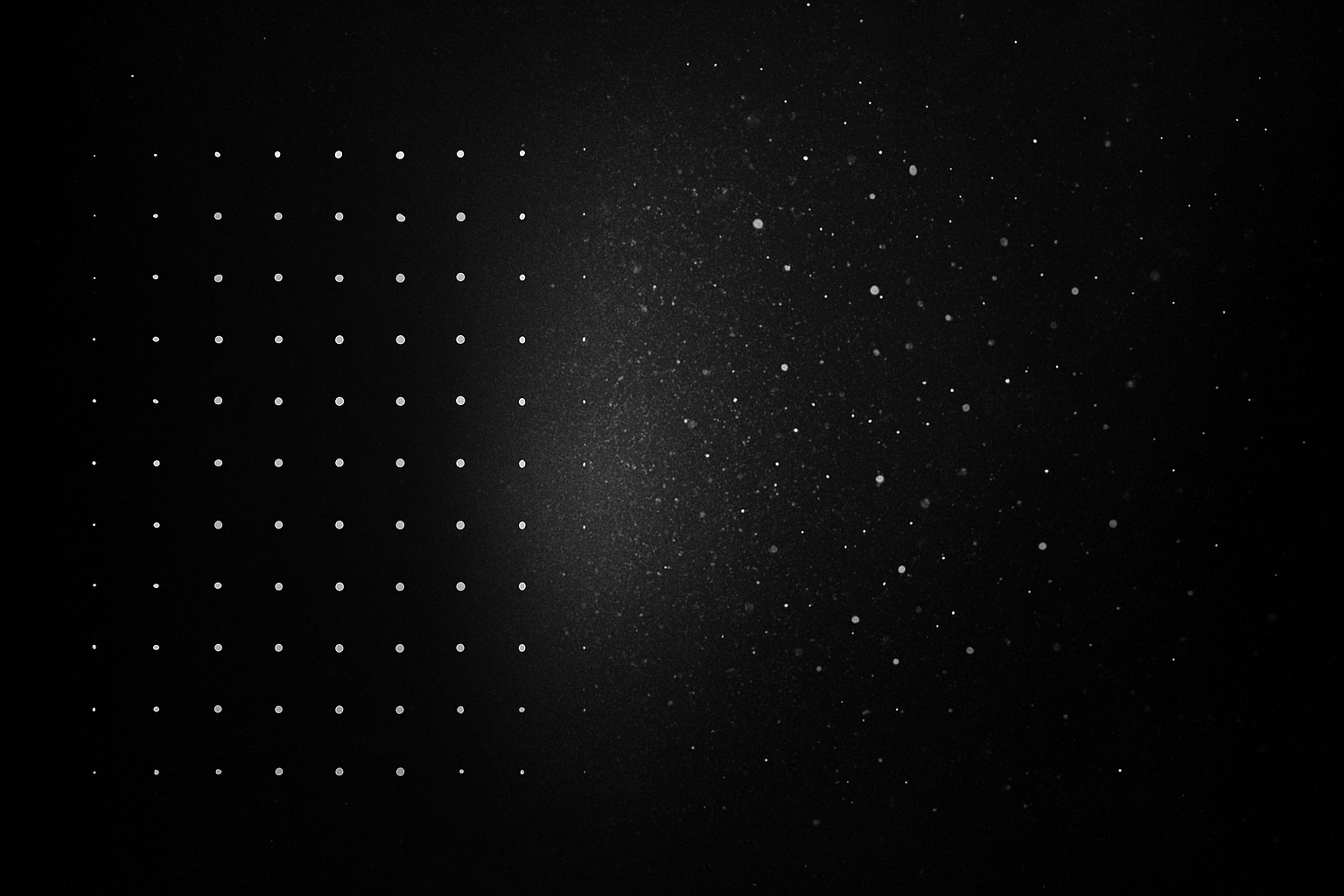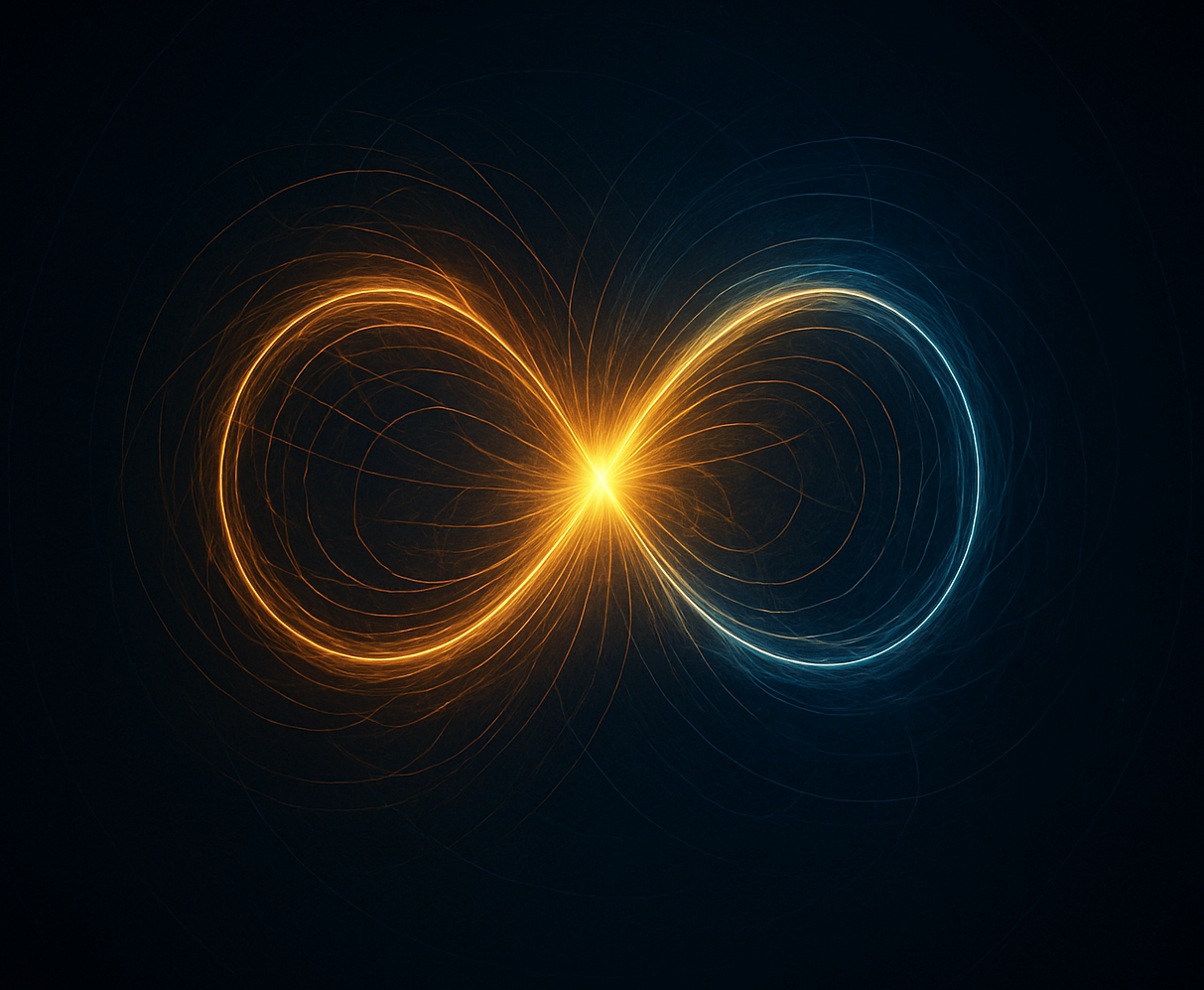Chapter 12
What Is Gravity?
Since Newton introduced the topic and wrote the equation describing its value, there has not been a clear coherent theory on what gravity actually is - what causes it, other than its association with matter. Einstein was close when he said matter causes space to curve. But how? And why? He was unable to say, other than comparing it to the behaviour of acceleration. Using his theories of general relativity, he and other scientists have gone on to write equations that describe its behaviour on a large scale with great accuracy. And even down to the small, when we use it with our GPS satellites for precise navigation.
He had a deep insight that changed science. However, what Einstein should have said is that matter not only curves space, it actually compresses space, but he didn’t have the mechanism or model of how this can happen. He didn’t have a roton to guide him. It is this fundamental structure that elementary particles use to create matter from energy. We will describe this again shortly. Meanwhile, many physicists try to explain gravity using things like animated diagrams of elastic sheets and rolling balls of different sizes, but these don’t do this idea justice. They don’t depict how gravity works. It does not stretch space, as the bending sheets incorrectly show. It does the opposite. Matter pulls space in, from all directions, compressing it. This is gravity.
If Einstein had known about this model he would have laughed. Happily. Because he would then have understood the mechanism for what we mistakenly call the force of gravity. He knew there was no force. Just properties belonging to space and time. Because these two always go together. Like light.
This section introduces a process or model that simply explains what gravity is. Gravity is not a mysterious fourth force, but a consequence of the structure of matter and its interaction with space-time. It furthermore proposes that matter is made from rotons. And rotons are the framework that energy uses to produce mass. Pure energy, like light, is fundamentally 2-dimensional and has no volume. That’s why it moves at c, the speed of light. It has no resistance. Mass, on the other hand, is the consequence of the inertia held in the 3-D structure of these rotons. The energy they contain is in the form of electromagnetic fields that are rapidly rotating simultaneously in two orthogonal axes. Each roton contains a single Planck constant of angular momentum, also referred to as spin or h. The energy (or mass) they possess is proportional to the frequency of their spin. What spins is energy around the path formed from the collision of two gamma rays and their subsequent superposition or union.
The diagram at left shows the structure of the roton with its two loops bent at 900 to each other, forming a volume from flat 2-D energy. To make a roton or particle with matter, two gamma rays or high energy photons collide at 900 to each other and superpose to form a soliton or standing wave, emitting a neutrino in the process. Total angular momentum is conserved at 2h before and after the interaction. The roton’s spin is still one h overall, as is the neutrino’s and each photon before, and consists of two circular loops, both one quarter the radius of each original gamma ray’s radius. This gives the roton a frequency twice that of each parent photon and likewise energy as this moves from one loop to the other. That is why fermions, or particles with mass, have a measured spin of half h at any one time, and yet their total spin is still one full h overall, like all particles. This explains a long-standing problem that particle physicists have had with the angular momentum of fermions. Why is its measured value half h? They have not understood this because until now they have had no clear idea of what (1)spin really is. Now we know. It is real angular momentum; light spinning in two planes.
This path in the roton consists of two loops that are pulled together by their magnetic field, holding them together at 900 to each other. This compresses space, with the result that the Riemannian line between two objects with mass is a shorter geodesic than all other lines, where there is no mass at either end. When there are many rotons, such as in a planet or star or galaxy, this effect is considerable, and it all creates a sphere of pulling influence as it can over time, due to the compression of space. This is the mechanism of gravity. It always attracts or pulls other matter mutually due to geometry. But it is not a real force, despite what we perceive.
It is mathematically defined by the universal law of gravitation. However, being purely a geometric phenomenon, means this effect is very small, and that is why the constant or G, in this law, is so tiny. We need a lot of mass to create gravity. Naturally, the inverse square relationship is also involved, because as distances increase, the area over which the effect manifests, increases in direct proportion.
Furthermore and significantly, we have seen that SED contends that gravity is not actually a force, causing attraction between two objects that have mass. Its properties are due entirely to the compression or shortening of space, owing to the presence of matter in each object. Imagine a spider’s web and two spiders near each other contracting the web below them. The shortened thread in a straight line between them would pull them together slightly, purely in a geometric manner. This is why it’s effect is very much weaker than the electromagnetic force – The only true and fundamental force as we will show soon in the upcoming section on a unification of the four forces.
Figure 34 - A 3D view of the Hubius Helix or Roton (Thanks to Qiu-Hong Hu) [1]
(1) Read the section, SED and spin, for further insights.
The Origin of Everything
(Online Edition)

































